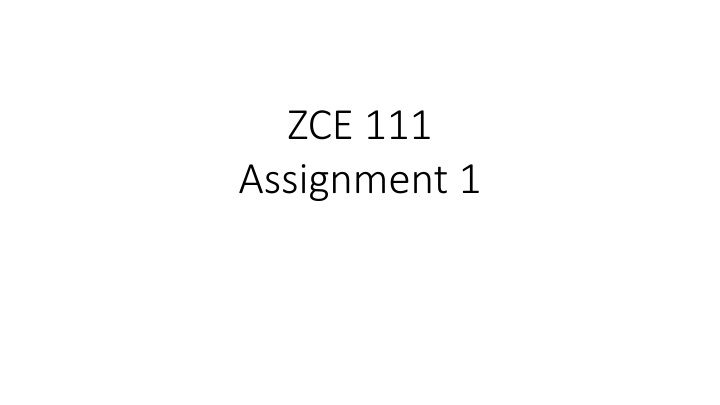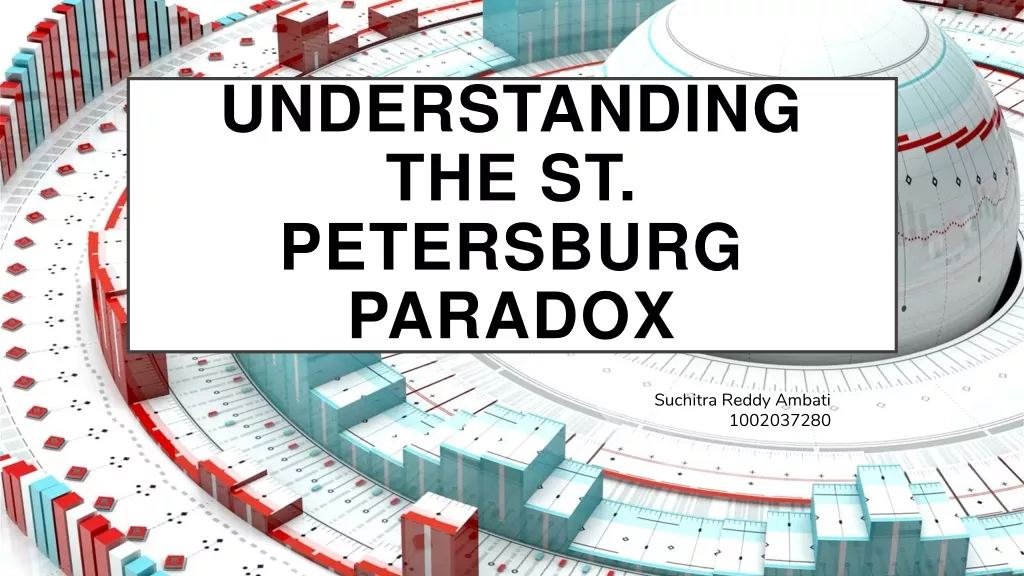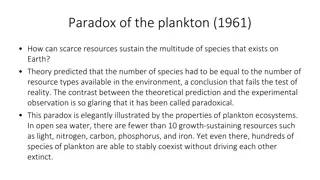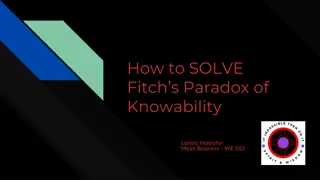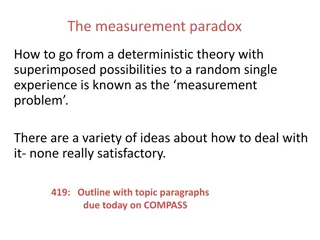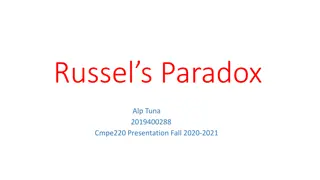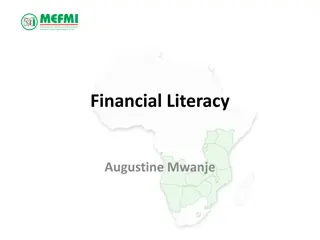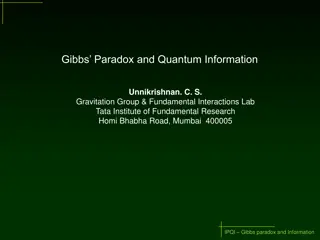Financial Calculations and Zeno Paradox Exploration
Realm of financial calculations by determining weekly loan installment payments and delve into Zeno's paradox involving Achilles and a tortoise in a never-ending race. Plot graphs to visualize the scenarios and understand the complexities hidden within these intriguing puzzles.
Uploaded on Feb 18, 2025 | 0 Views
Download Presentation

Please find below an Image/Link to download the presentation.
The content on the website is provided AS IS for your information and personal use only. It may not be sold, licensed, or shared on other websites without obtaining consent from the author.If you encounter any issues during the download, it is possible that the publisher has removed the file from their server.
You are allowed to download the files provided on this website for personal or commercial use, subject to the condition that they are used lawfully. All files are the property of their respective owners.
The content on the website is provided AS IS for your information and personal use only. It may not be sold, licensed, or shared on other websites without obtaining consent from the author.
E N D
Presentation Transcript
ZCE 111 Assignment 1
Q1. Paying off an installment Write a code to determine what is the installment you need to pay every week if you wish to pay off a loan amount of 5000 in the 52-th week, assuming the interest rate 2% per week.
Q2. Zeno paradox Achilles, the fleet-footed hero of the Trojan War, is engaged in a race with a lowly tortoise, which has been granted a head start. Achilles task initially seems easy, but he has a problem. Before he can overtake the tortoise, he must first catch up with it. While Achilles is covering the gap between himself and the tortoise that existed at the start of the race, however, the tortoise creates a new gap. The new gap is smaller than the first, but it is still a finite distance that Achilles must cover to catch up with the animal. Achilles then races across the new gap. To Achilles frustration, while he was scampering across the second gap, the tortoise was establishing a third. The upshot is that Achilles can never overtake the tortoise. No matter how quickly Achilles closes each gap, the slow-but-steady tortoise will always open new, smaller ones and remain just ahead of the Greek hero. [Adapted from: http://www.slate.com/articles/health_and_science/science/2014/03/zeno_s_paradox_how_to_explain_t he_solution_to_achilles_and_the_tortoise.html]
Q2. Zeno paradox (cont.) d=d 0 T A n=0, t=t A T 0 d=d 1 n=1, t=t T A d=d 1 2 n=2, t=t 2 A T d=d 3 n=3, t=t 3
Q2. Zeno paradox (cont.) Given the initial values (in S.I units) of (1) the initial gap,d the tortoise, v T printout the following information: n, t n n for n=0, 1, 2, , N, where N an integer such that d small that it can be considered to be zero. =1 km, (2) the speed of =10 m/s, write a Do-loop to =1 mm/s (3) the speed of Achilles, v 0 A , d a number that is practically so N You should check that your code reproduce the theoretical value given by T=d -v T /(v ), where T is the time when Achilles overtakes the tortise. 0 A
Q3. Plot the graph of Zeno paradox Based on Q2, plot and fully customise the graph of (i) distance between A and T as a function of time (ii) distance between A and T as a function of n (iii) time elapsed as a function of n
